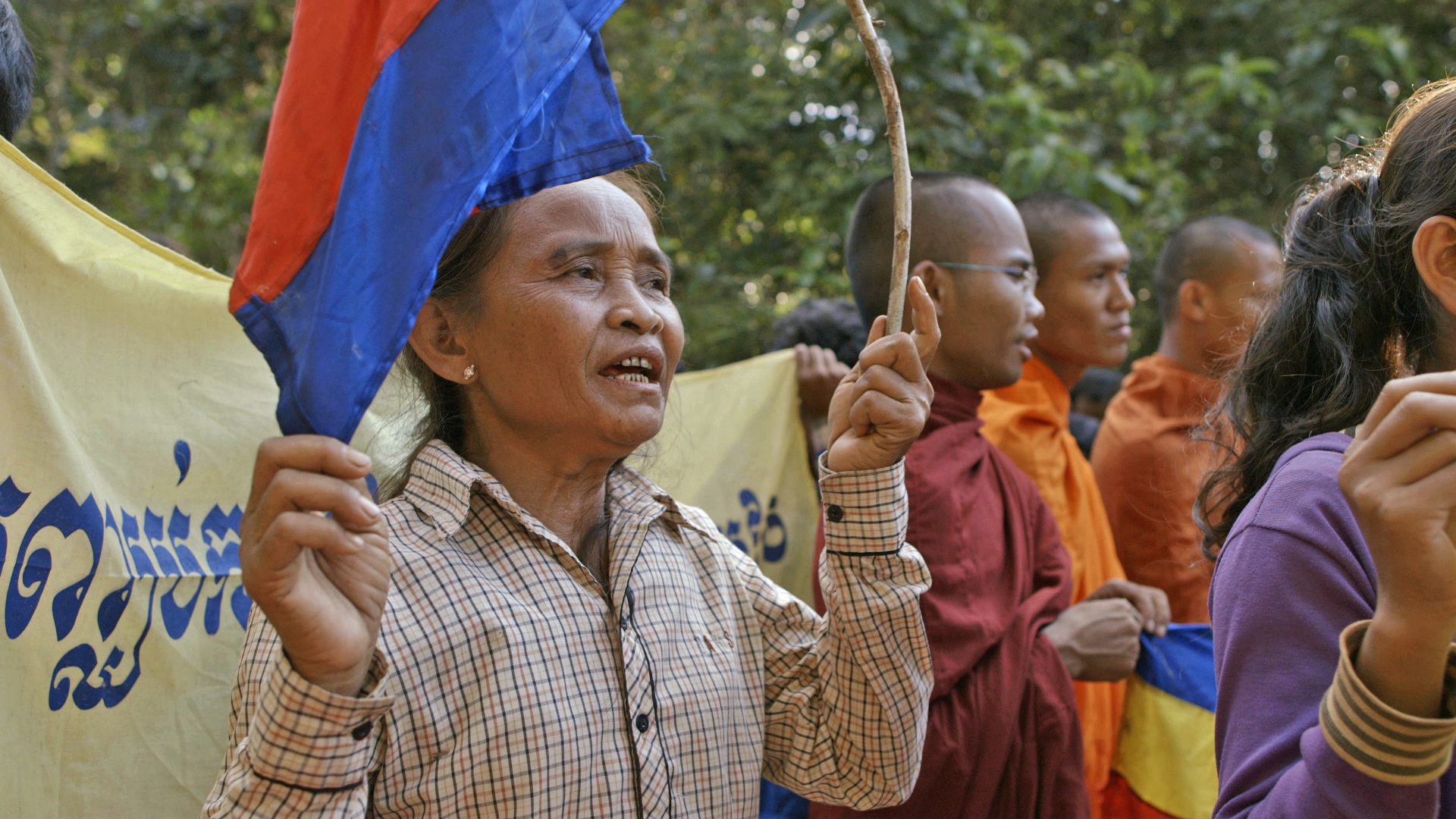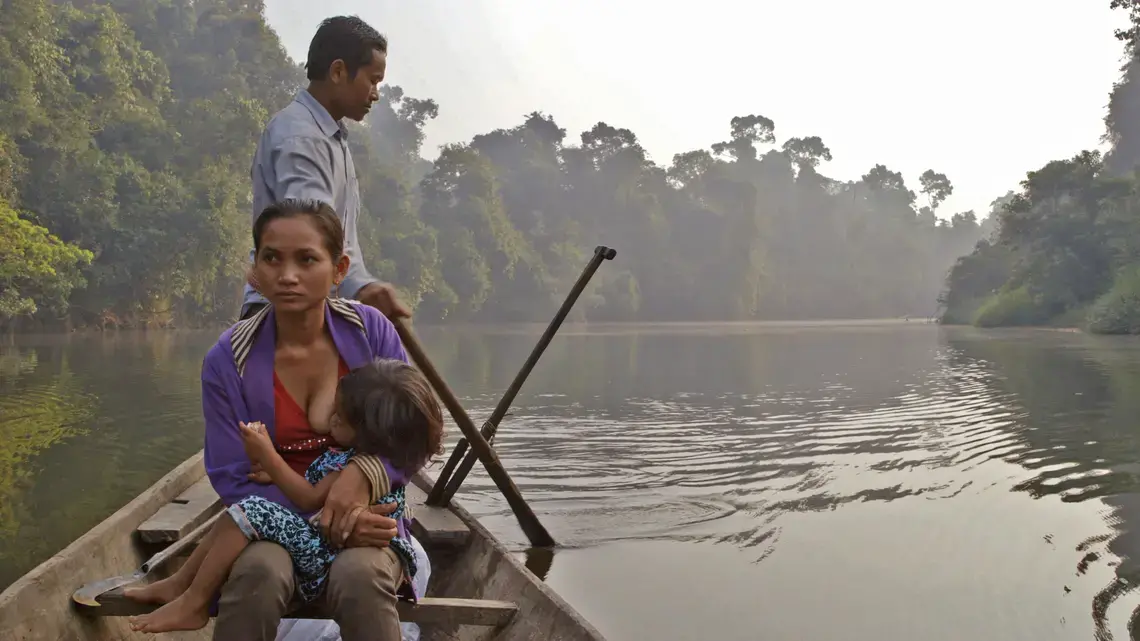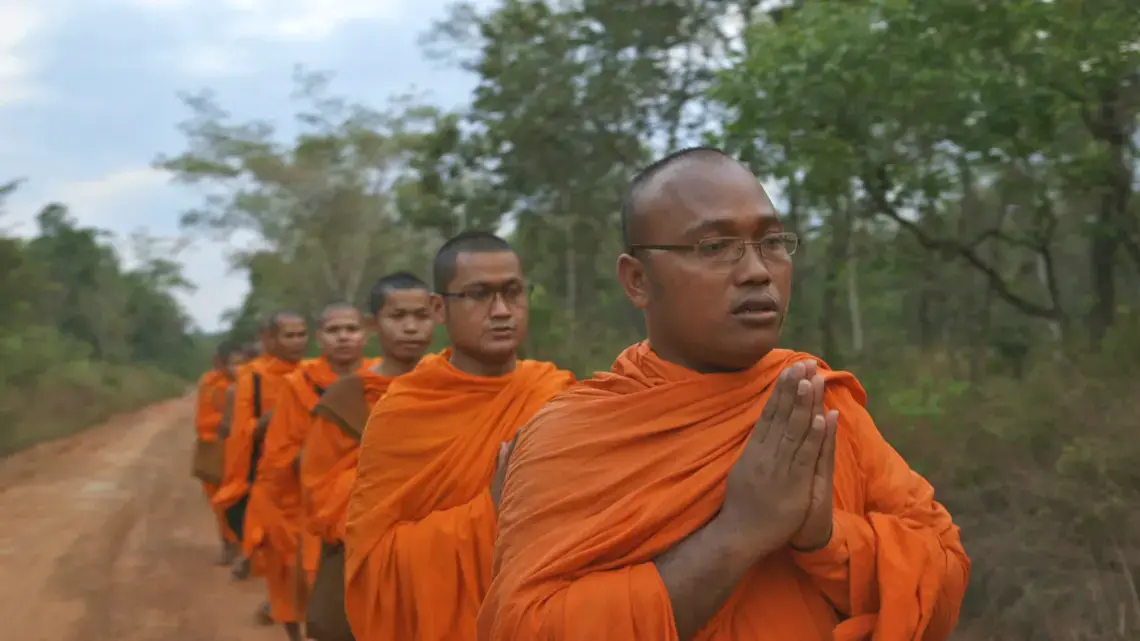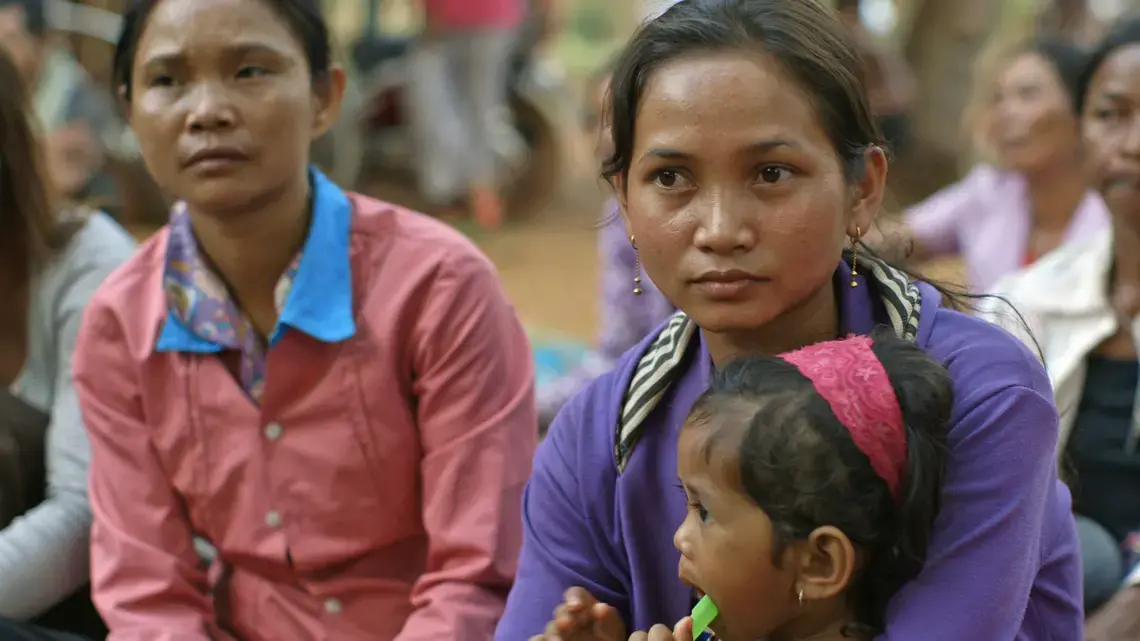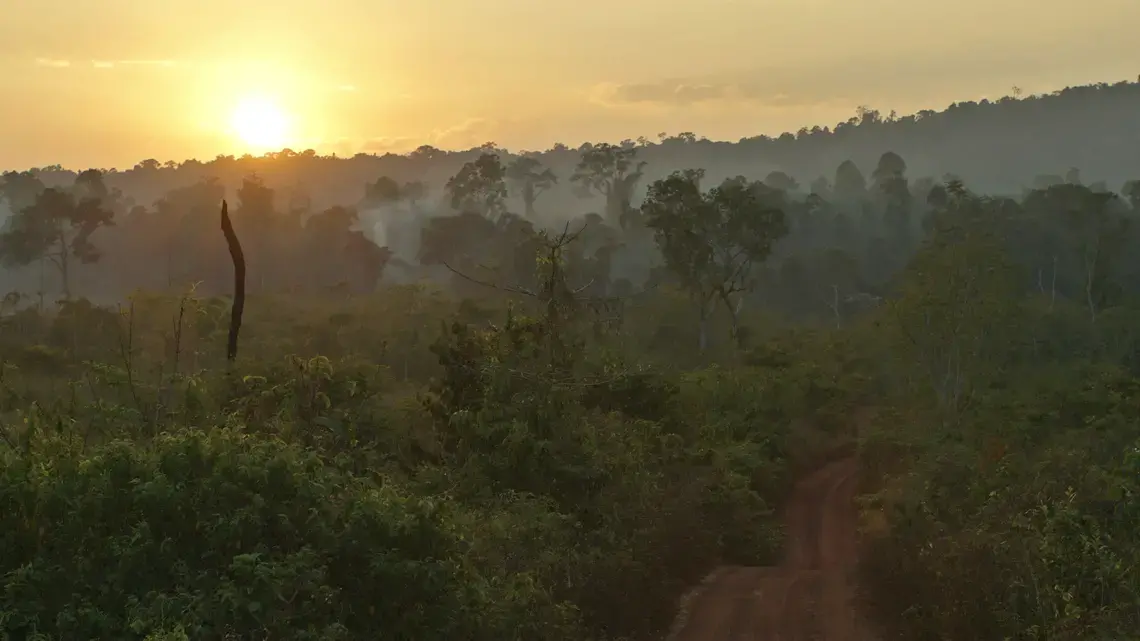When Reem Sav See heard Venerable But Buntenh speak at the village meeting, she understood very clearly what he was talking about. As she floats on a boat on the glassy water with her husband and daughter, gathering the fish nets they had cast the night before, she reflects on the future for her, her family, and her children if the dam is built in the valley.
See belongs to a distinct ethnic minority called the Chong, and she and her ancestors have been living in Areng Valley for as long as she can remember. They were forced out of the area during the Khmer Rouge regime, a socialist-communist regime whose oppressive rule between 1975-1979 claimed the lives of over 1.2 million people. But after the Khmer Rouge fell from power, the Chong quickly returned to the land, forests, and rivers that gave sustenance to their lives. There they rebuilt their homes in the valley they had previously left behind.
Today, See and her community face the impending construction of a hydroelectric dam on the Areng River that will not only flood and devastate their forests and agricultural land, but also the spirit forests held sacred by their ancestors. They will be relocated and banished, but this time never to return.
Like many indigenous communities in Cambodia, See and her family depend on the bounties of nature not only for their survival but also for their way of life.
During the wet season, See and her family plant rice in paddies made rich with alluvial nutrients from the Areng River. During the dry season, See and her family rest from the arduous months spent planting and harvesting rice and spend most of their days fishing, relying almost exclusively on the riverine fishery for their protein needs. They also forage for wild mushrooms and harvest other non-timber forest products in the evergreen forest.
"Our life here is happy and peaceful because we are surrounded by nature. This valley is filled with beautiful and bountiful nature. Nature loves us and we also love nature. We share only one life," RSee says.
According to a study compiled by the Japan International Cooperation Agency, the dam will have grave and irreversible impact for the valley, altering the flow regime of the river, impacting water levels, disrupting fragile fish spawning grounds and feeding areas, and threatening the natural habitats of 31 of the world's most critically endangered wildlife, including the Siamese crocodile, the Asian elephant, the white-wing duck, tortoises and freshwater turtles, and the Asian Arowana, a rare species of fish, the largest known population existing in Areng Valley.
See and her community's ties to nature extend beyond their dependence on it for survival; they are intimately bound by their spiritual connection to the natural landscape that surrounds them. They believe forest deities called neak ta inhabit and protect the forest and waterways of the valley.
If a dam is built, See, her family, and 1,500 other villagers will be forced to relocate, permanently leaving behind the spirit forests that bind them and their community.
"We live together with our families. We share whatever fish, meat, or food we have. Our lives have value because we know how to love one another and work together," she says.
The fragility of See's life becomes even more profound considering that half a million villagers and farmers in Cambodia have been displaced by nearly 3 million hectares of government granted land concessions to private companies. These concessions are generally granted without the consent and involvement of the affected communities or transparent investigation into the social and environmental impact of the concession.
As See, her husband and daughter pull in the nets and fish one by one, See announces the names of each of the fish caught, loud enough for her young daughter to hear, "Look at the fish!" "Look how big and beautiful it is!" Her daughter turns her face up to gaze at See and responds with giggles and excitement as See pulls each fish from the net and stuffs them in a bag. After the last net is pulled in, they glide along the river and back to shore. See cradles her daughter against her breast, lamenting the loss of her home:
"I will always remember this time before we were banished. And the happiness we have here living in bounty with nature and with the river. . . I feel so happy here. If we are removed from our land, I know I will be filled with sorrow and grief. And I will feel regret. Regret in such a way that I've died and I will no longer meet this life ever again."
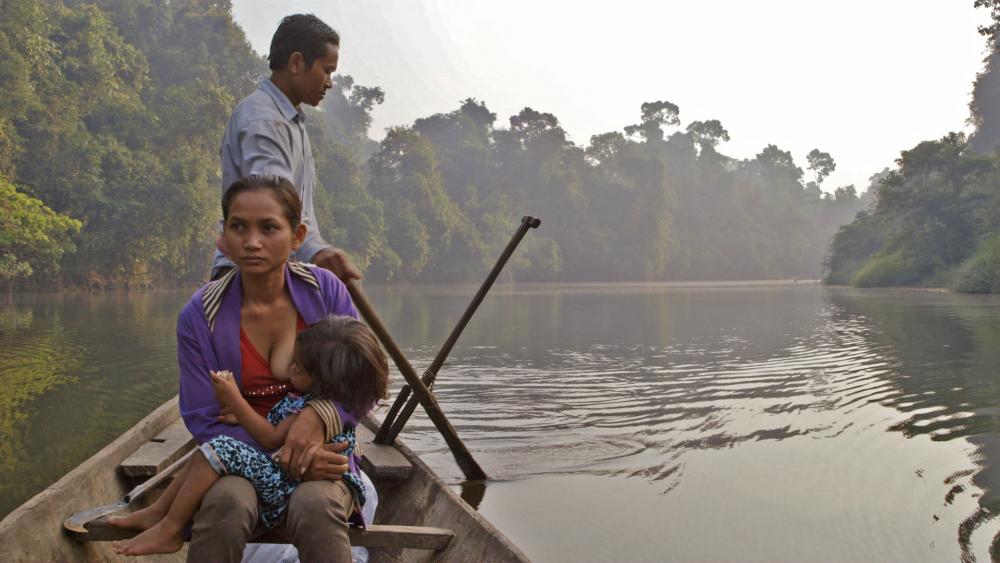
Education Resource
Meet Journalist and Filmmaker Kalyanee Mam
The Cambodian government intends to build a network of 17 dams across Cambodia, hoping this will...


